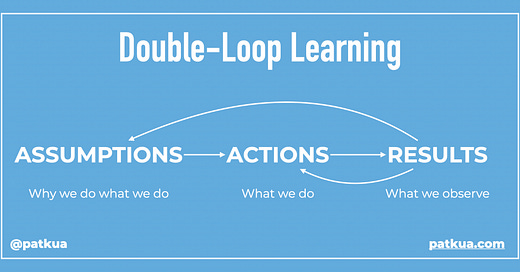The Coaching Question
“What’s the real issue here?”
When to Use This Question
When a teacher or leader is focused on surface-level complaints instead of root causes.
When someone is caught up in a cycle of frustration but hasn’t identified the core challenge.
When a team is addressing symptoms of a problem rather than its underlying issue.
When coaching someone who needs to step back and reframe their perspective.
When the person is spiraling and can’t clearly articulate the problem.
The Problem This Question Aims to Solve
Many educators and leaders get stuck addressing symptoms rather than root causes of challenges. This leads to ineffective solutions, frustration, and repeated cycles of the same problem.
The Research Behind It
The Five Whys Method (Sakichi Toyoda, 1930s, later developed by Toyota) – Asking why multiple times helps uncover the root cause of a problem rather than just addressing symptoms.
Chris Argyris’ Double-Loop Learning (1970s) – Effective problem-solving requires questioning underlying assumptions, not just reacting to immediate challenges.
Systems Thinking (Senge, 1990) – Problems in education are often interconnected; identifying the deeper issue leads to more sustainable solutions.
Example Application in Coaching
Scenario: A school leader is frustrated that teachers are resistant to a new professional learning initiative.
Coach’s Response: “What’s the real issue here?”
Leader’s Reflection: “I guess it’s not that they don’t care—it’s that they don’t see how this connects to their daily work.”
Next Steps: The coach could guide the leader in creating clearer alignment between the initiative and teachers’ immediate needs, making it more relevant and actionable.
Additional Questions to Deepen the Conversation
“What’s beneath the frustration you’re feeling?”
“If this problem keeps happening, what does that tell us?”
“What’s the one thing that, if addressed, would make the biggest difference?”
Final Reflection for Coaches and Leaders
Solving problems effectively requires going beyond the obvious and digging deeper into what’s really happening. This question helps educators and leaders step back, reflect critically, and develop solutions that address the heart of the issue rather than just its symptoms.






